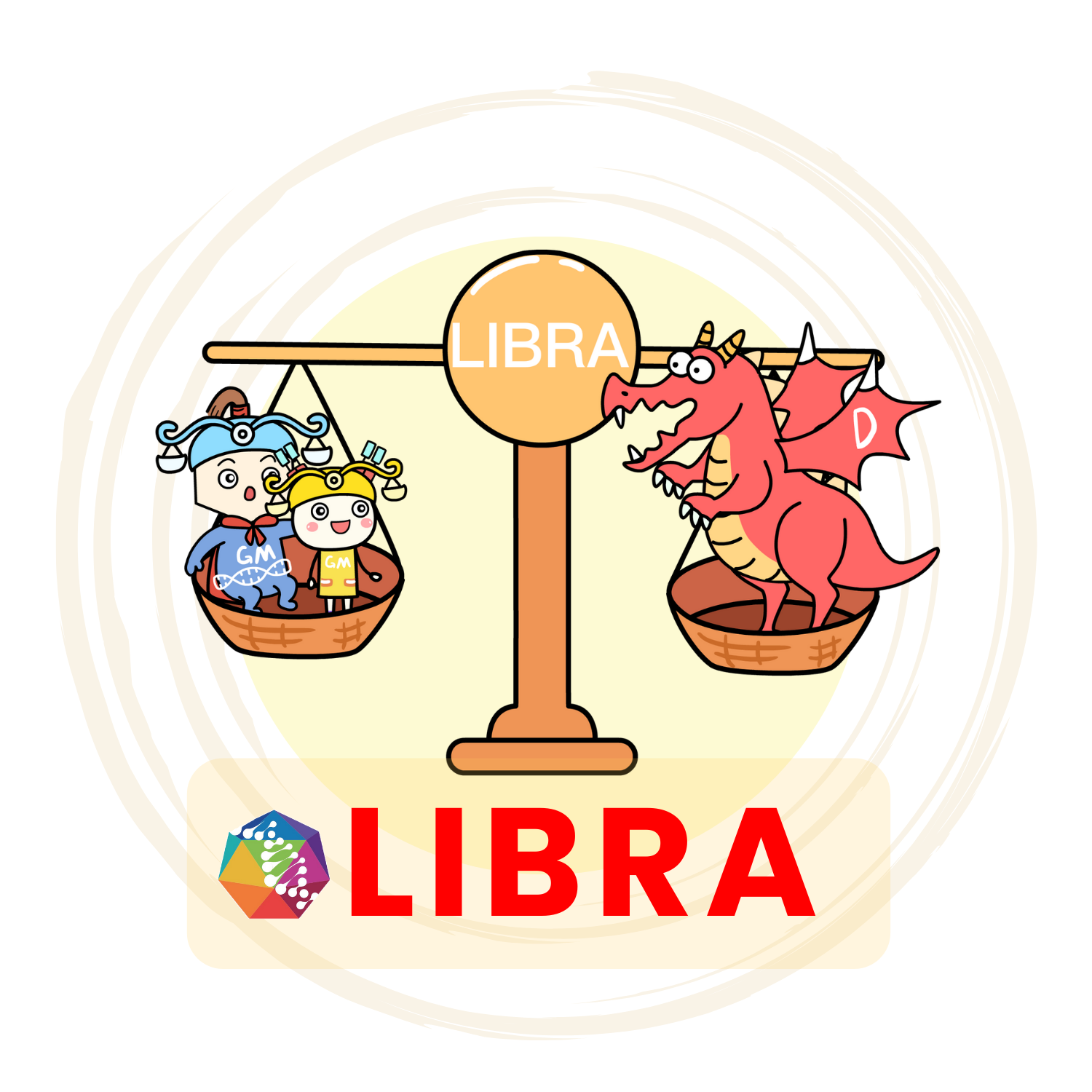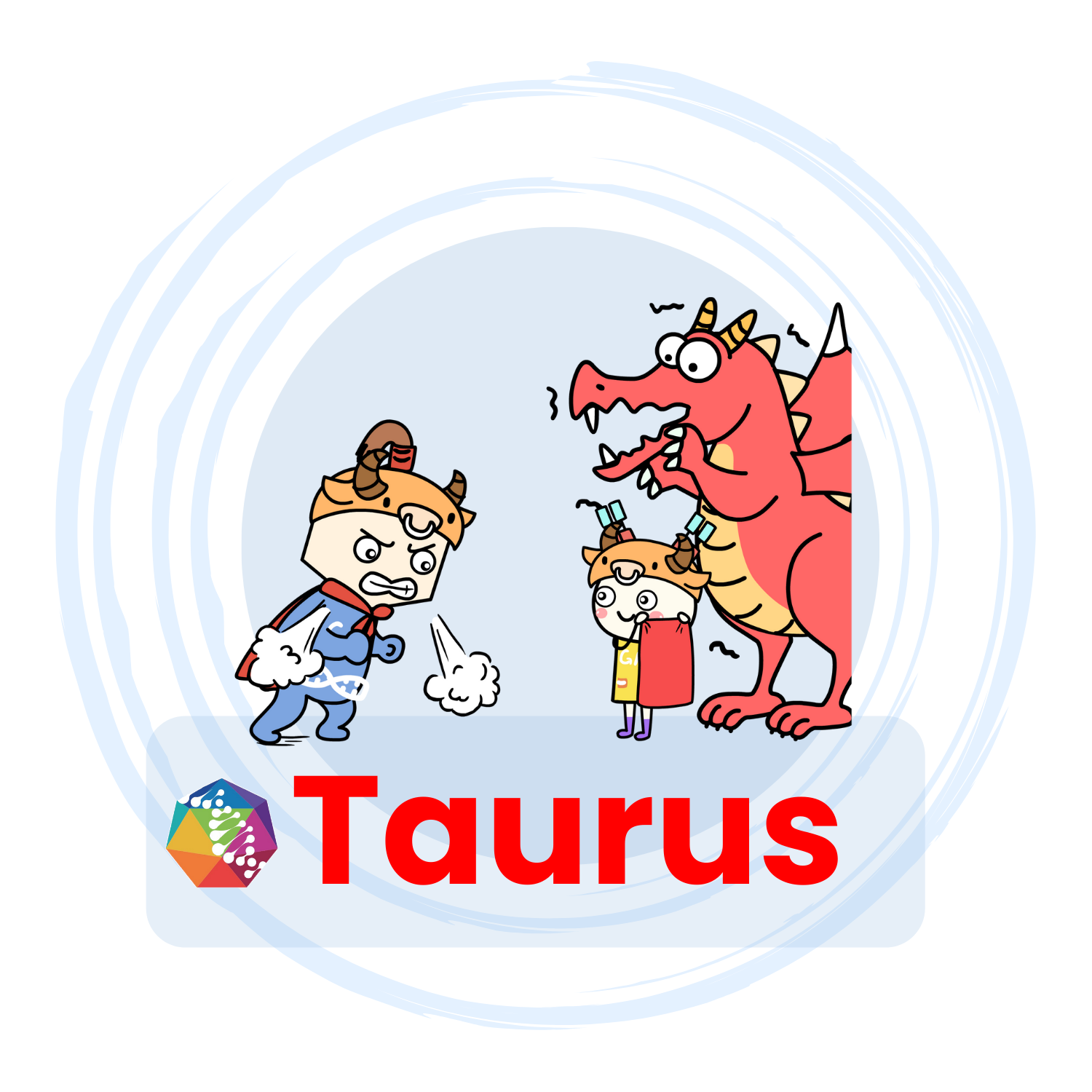Anti-T2R14/ TAS2R14/ TRB1 monoclonal antibody
Anti-T2R14/ TAS2R14/ TRB1 antibody for FACS & in-vivo assay
 Go to TAS2R14/TAS2R14 products collection >>
Go to TAS2R14/TAS2R14 products collection >>
(antibodies, antigen, VLP, mRNA, ORF viral vector, etc)
Product information
| Catalog No. | Product Name | Species Reactivity |
|---|---|---|
| GM-Tg-hg-MP1761-Ab-1/ GM-Tg-hg-MP1761-Ab-2 | Anti-Human TAS2R14 monoclonal antibody | Human |
| GM-Tg-rg-MP1761-Ab-1/ GM-Tg-rg-MP1761-Ab-2 | Anti-Rat TAS2R14 monoclonal antibody | Rat |
| GM-Tg-mg-MP1761-Ab-1/ GM-Tg-mg-MP1761-Ab-2 | Anti-Mouse TAS2R14 monoclonal antibody | Mouse |
| GM-Tg-cynog-MP1761-Ab-1/ GM-Tg-cynog-MP1761-Ab-2 | Anti-Cynomolgus/ Rhesus macaque TAS2R14 monoclonal antibody | Cynomolgus/ Rhesus macaque |
| GM-Tg-felg-MP1761-Ab-1/ GM-Tg-felg-MP1761-Ab-2 | Anti-Feline TAS2R14 monoclonal antibody | Feline |
| GM-Tg-cang-MP1761-Ab-1/ GM-Tg-cang-MP1761-Ab-2 | Anti-Canine TAS2R14 monoclonal antibody | Canine |
| GM-Tg-bovg-MP1761-Ab-1/ GM-Tg-bovg-MP1761-Ab-2 | Anti-Bovine TAS2R14 monoclonal antibody | Bovine |
| GM-Tg-equg-MP1761-Ab-1/ GM-Tg-equg-MP1761-Ab-2 | Anti-Equine TAS2R14 monoclonal antibody | Equine |
Size: 1mg | 10mg | 100mg
Product Description
| Catalog No. | GM-Tg-hg-MP1761-Ab-1/ GM-Tg-hg-MP1761-Ab-2; GM-Tg-rg-MP1761-Ab-1/ GM-Tg-rg-MP1761-Ab-2; GM-Tg-mg-MP1761-Ab-1/ GM-Tg-mg-MP1761-Ab-2; GM-Tg-cynog-MP1761-Ab-1/ GM-Tg-cynog-MP1761-Ab-2; GM-Tg-felg-MP1761-Ab-1/ GM-Tg-felg-MP1761-Ab-2; GM-Tg-cang-MP1761-Ab-1/ GM-Tg-cang-MP1761-Ab-2; GM-Tg-bovg-MP1761-Ab-1/ GM-Tg-bovg-MP1761-Ab-2; GM-Tg-equg-MP1761-Ab-1/ GM-Tg-equg-MP1761-Ab-2 |
| Products Name | Anti-TAS2R14 monoclonal antibody |
| Format | mab |
| Target Name | TAS2R14 |
| Protein Sub-location | Transmembrane Protein |
| Category of antibody | FACS/Biofunctional Antibody |
| Derivation (species) | Mouse |
| CH1+2+3 Isotype (Receptor identification) | IgG |
| Type of Light Chain (VD-LC) | N/A |
| Expression platform | Mammalian Expression |
| Bioactivity validation | Binding affinity is validated by using flow cytometry with antigen overexpressed cell line. The biofunction of antibodies are validated in cell-based assay (IC50 or EC50 TBD). |
| Tag | Fc |
| Products description | Pre-made anti-TAS2R14 benchmark inhibitory monoclonal antibody(mab) (blocking antibody inhibitor) is expressed by mammalian cell line as a benchmark antibody for cell culture, FACS,ELISA or other affinity binding assay or functional assay development, animal model development, PK/PD model development (Pharmacokinetics & Pharmacodynamic) |
| Purity | Purity: ≥95% (SDS-PAGE) |
| Application | Biological drug disovery including cell culture, assay development, animal model development, PK/PD model development (Pharmacokinetics & Pharmacodynamic) and mechanism of action (MOA) research. |
| Formulation & Reconstitution | Lyophilized from GM's Protein Stability Buffer2 (PSB2,Confidential Ingredients) or PBS (pH7.4); For PSB2, reconstituted with 0.9% sodium chloride; For PBS, reconstituted with ddH2O. |
| Storage | Store at -20℃ to -80℃ under sterile conditions. Avoid repeated freeze-thaw cycles. |
Reference
Data / case study
Click to get more Data / Case study about the product.
Associated products
| Category | Cat No. | Products Name |
| Target Antigen | Products Developing | Multi-species T2R14/ TAS2R14/ TRB1 VLP (virus-like particle) (Products Developing) |
| ORF Viral Vector | pGMLP004681 | human TAS2R14 Lentivirus plasmid |
| ORF Viral Vector | vGMLP004681 | human TAS2R14 Lentivirus particle |
Target information
| Target ID | GM-MP1761 |
| Target Name | TAS2R14 |
| Gene ID | 50840,718111 |
| Gene Symbol and Synonyms | T2R14,TAS2R14,TRB1 |
| Uniprot Accession | Q9NYV8,Q645T2 |
| Uniprot Entry Name | T2R14_HUMAN,T2R14_MACMU |
| Protein Sub-location | Transmembrane Protein |
| Category | |
| Disease | N/A |
| Gene Ensembl | ENSG00000212127 |
| Target Classification | GPCR |
The target: TAS2R14, gene name: TAS2R14, also named as T2R14, TRB1. This gene product belongs to the family of candidate taste receptors that are members of the G-protein-coupled receptor superfamily. These proteins are specifically expressed in the taste receptor cells of the tongue and palate epithelia. They are organized in the genome in clusters and are genetically linked to loci that influence bitter perception in mice and humans. In functional expression studies, they respond to bitter tastants. This gene maps to the taste receptor gene cluster on chromosome 12p13. [provided by RefSeq, Jul 2008].
About Gmab


GMab, developed by GeneMedi, constitutes an advanced library of recombinant monoclonal antibodies, each meticulously designed to target specific molecular entities. Leveraging the sophisticated capabilities of GM’s Taurus™ and LIBRA™ platforms, GMab synthesizes antibodies characterized by high binding affinity, exceptional physicochemical stability, and optimal developability profiles.
Through expression in mammalian cell lines, GMab has been established as a paradigmatic reference antibody. It holds significance in myriad domains of biological drug discovery, encompassing cellular cultivation, innovative assay methodologies, strategic animal model systematization, in-depth pharmacokinetic & pharmacodynamic (PK/PD) modeling, and intricate mechanism of action (MOA) investigations.






